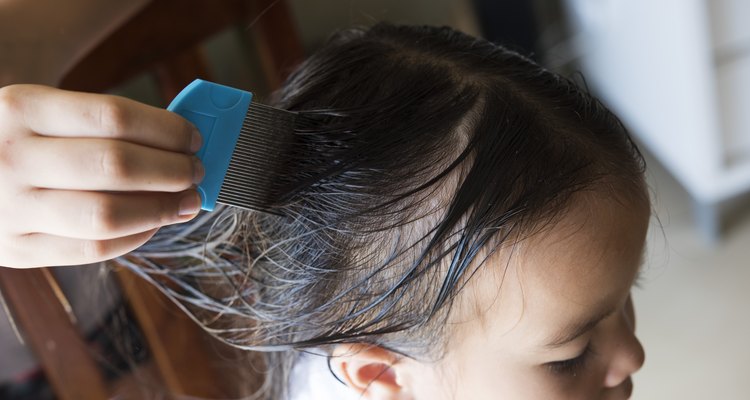
YSach/iStock/GettyImages
Dealing With Head Lice in Kids
Just thinking about lice makes your scalp itch and your skin crawl. The tiny parasites cling to strands of hair and lay eggs, quickly reproducing to create a mini colony in your child's hair. Taking precautions to avoid the insects and treating them early if your child does get lice help keep your home bug-free as much as possible.
How Can My Child Get Lice?
Lice are live bugs, so they can crawl from one person to another. They don't have wings, so they can't fly. They also can't jump, despite what you may have heard. Lice can climb aboard your child's head when her hair touches another child's hair. This can happen when they sit closely, hug or lie down next to each other at a sleepover. Direct contact is also the reason lice often travels through several family members.
Lice also can spread through indirect contact. It's not as common as direct contact, but your child can pick up the pests by sharing items with someone who has lice. Items that can cause an infestation include brushes, hair accessories, hats, headphones, pillows, towels and any other thing that comes into contact with hair.
Are Kids the Only Ones Who Get Lice?
Kids from preschool to middle school age have the highest risk of getting lice since they spend so much time in close proximity to other kids. But don't breathe a sigh of relief yet. Adults can easily get lice through the same direct or indirect contact. That means if your child comes home with the parasites, you may end up becoming a host for lice, too.
How Can I Tell If My Child Has Lice?
Lice are small, but you can see them in your child's hair. You might notice your child scratching his head more often than usual, or he may complain of itchiness. If you suspect lice, take a close look at the hair near the scalp. The eggs, also called "nits," are small, oval, and yellow or white in color. You'll find them attached to hair shafts close to the scalp. Unlike dandruff or hair product, nits are tough to pull off the hair.
Nits hatch in about eight or nine days. Young lice are called "nymphs." They're smaller than adult lice. Nine to 12 days after hatching, the nymphs become mature lice. Adult lice are roughly the size of a sesame seed and look tan or gray-white. When on someone's head, the lice can live about 30 days. When not on a host, the lice die after a day or two.
When looking for lice, pull the hair apart to get a good view of the scalp. The easiest places to spot lice are behind your child's ears and at the base of her head. Use a flashlight to get a good view of the scalp and hair shafts near the head.
What Do I Do if My Child Has Lice?
First of all, don't panic. Anyone can get lice. It's not a sign of poor personal hygiene, and it doesn't reflect poorly on your parenting skills. Lice are more annoying than harmful since they don't spread any illnesses.
Start treatment right away. Over-the-counter lice shampoos kill the live bugs on your child's head, but they often don't kill the eggs. Doctors often recommend that you use a follow-up shampoo approximately nine days after the first treatment.
After using the shampoo, it's important to use a special lice comb to remove as many of the nits and bugs as possible. Divide the hair into small sections, and comb through each one several times. Rinse the comb after each pass to get rid of the bugs. Repeat the combing each day to remove any bugs or nits left behind. Even one egg left in the hair can start the lice infestation again.
Wash your child's bedding in hot water. If she has stuffed animals on her bed, wash them, too. Vacuuming carpeted floors also helps eliminate lice that fall off your child's head.
Related Articles
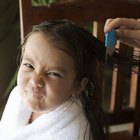
How to Get Rid of Lice
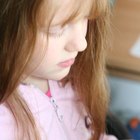
How Do I Suffocate Head Lice Nits With ...

Head Lice Treatments Using Olive Oil & ...

How to Use Lemon Juice to Kill Lice
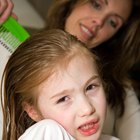
How Do I Use Lice Treatment With Permed ...
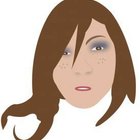
How to Wash Hair After a Lice Treatment
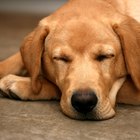
How to: Eucalyptus Oil as a Flea ...

How to Get Rid of Hair Lice With ...
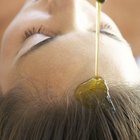
How to Nourish the Scalp
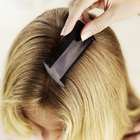
How to Clean a Nit Comb
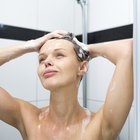
Can You Use Castor Oil for Psoriasis on ...

How to Stop Hair Breaking From Roots

Oily Hair and Acne
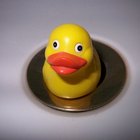
How to Use Joy Instead of Dawn to Kill ...
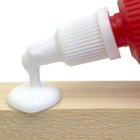
How to Get Elmer's Glue Out of Hair
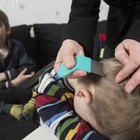
Lice Treatment Using Baking Soda

How to Remove Human Hair Mats

How to Kill Lice on Clothes With the ...
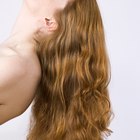
How to Remove Dandruff With Baking ...
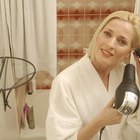
How to Blow-Dry Hair Straight With a ...
References
Writer Bio
Shelley Frost writes professionally on a full-time basis, specializing in lifestyle, family, parenting and relationship topics. She holds an education degree and has extensive experience working with kids and parents.